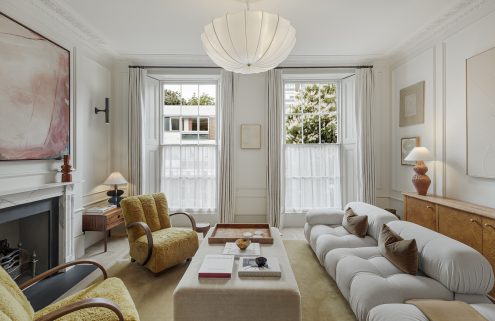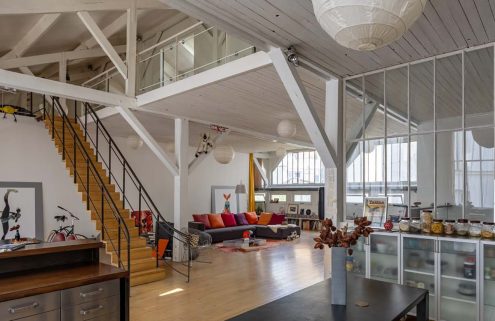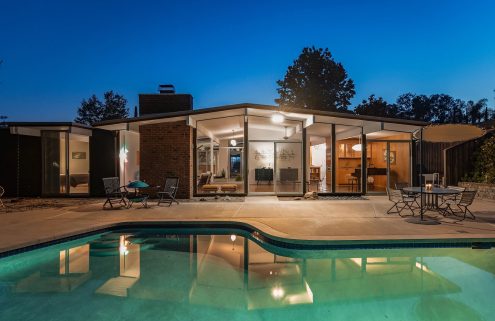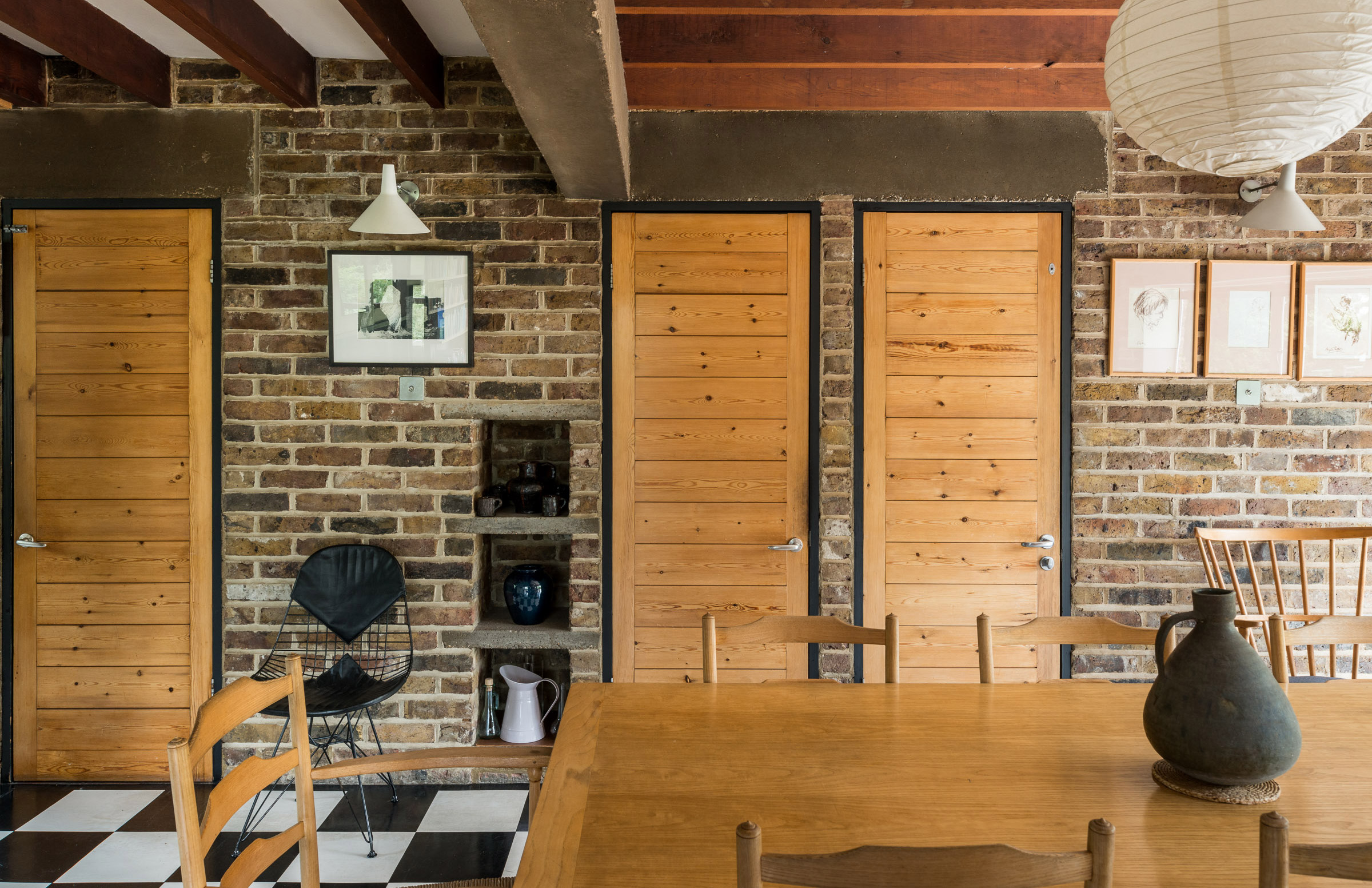
Photography: The Modern House

Photography: The Modern House

Photography: The Modern House

Photography: The Modern House

Photography: The Modern House

Photography: The Modern House
A Hertfordshire house designed by ‘one of the most influential [architects] of the post-war period’ – according to Historic England – is for sale for the first time, priced at £1.2m.
Alison and Peter Smithson, who designed the The Economist building in London and a slew of university buildings, are best known for their New Brutalist designs, but Sugden House is a brick forerunner to their concrete oeuvre.
It was built in 1956 for Arup sound engineer Derek Sugden and his wife Jean in a distinctly English style, at a time when a Californian brand of Modernism was taking root in the UK.

The house was granted a Grade II-listing in 2012, and was lauded for its ‘subtle nuances of the design, expressed particularly in the form and arrangement of the windows’, by Historic England.
On the Watford property’s ground floor, the living room and dining room are separated by an open timber staircase designed by Alison Smithson. There’s also a bedroom on this level which overlooks the home’s large garden, while four more bedrooms are set across the first floor.

Sugden House is packed with original features by the architect couple, including inset concrete shelving in the dining area, a brick fireplace, and 1950s kitchen units by Alison Smithson. Flooring is a mix of Loliondo teak strips, and polyvinyl tiling.
The post-war property – on the market via The Modern House – sits on a half-acre plot within the former grounds of 16th-century mansion Cassiobury House (now demolished), and is 17 miles northwest of central London.

Alison and Peter Smithson are also famous for designing Brutalist housing estate Robin Hood Gardens, which pioneered the ‘streets in the sky’ model of high rise living, with flats connected by aerial walkways. Despite being hailed as one of Britain’s ‘most important’ post-war social housing developments by Richard Rogers, it’s set for imminent demolition. A high-profile campaign backed by hundreds of architects, including Zaha Hadid, failed to save the building, which had faced years of neglect.
Read next: 10 of the most unusual London homes for sale right now























